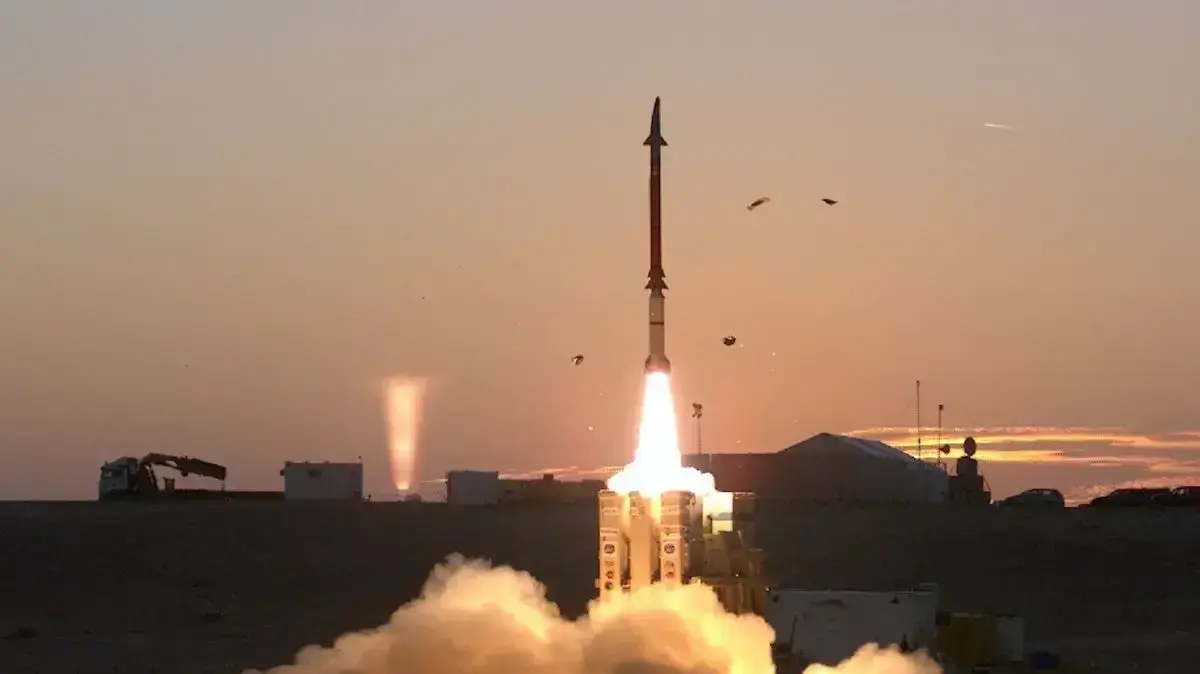The Ixpe satellite has opened its X-ray 'eyes' on the cosmos, ready to make new discoveries on the most extreme phenomena in the universe: just over a month after its launch, the operational phase of the joint mission of NASA and the Agency begins Spaziale Italiana (ASI), which also sees the participation of the National Institute of Astrophysics (Inaf) and the National Institute of Nuclear Physics (Infn). According to reports from NASA, Ixpe has already started its observations by aiming at the first target, Cassiopeia A (Cas A), the remnant of a supernova produced by the gigantic explosion of a massive star that occurred about 350 years ago in the constellation of Cassiopeia.
"The beginning of Ixpe's scientific observations marks a new chapter for X-ray astronomy," comments Martin Weisskopf, scientific head of the mission at NASA's Marshall Space Flight Center. "One thing is certain: we can expect the unexpected."
After the launch of the mission from Cape Canaveral last December 9, the Ixpe (Imaging X-ray Polarimetry Explorer) observatory deployed into orbit on December 15: it then took three weeks to verify its maneuvering and pointing capabilities and to align its telescopes. During testing, Ixpe was aimed for calibration at two bright objects: 1ES 1959 + 650, the 'heart' of a galaxy powered by a black hole, and the SMC X-1 pulsar. Once this phase was completed, Ixpe turned its 'eyes' towards Cassiopeia A, which like all supernovae is a real natural 'laboratory' for studying extreme physics in space. Ixpe's goal will be to provide details on the Cas A magnetic field by studying the polarization of X-rays,that is, how they orient themselves on their journey through space. The observation of Cas A will last approximately three weeks.


/cloudfront-eu-central-1.images.arcpublishing.com/prisa/NHAGPMQH45FWPHD273W2SBSACU.jpg)










